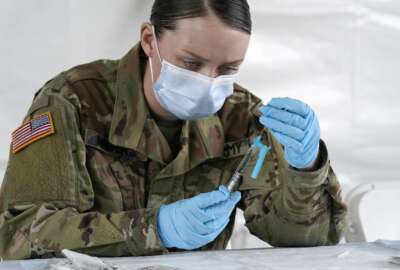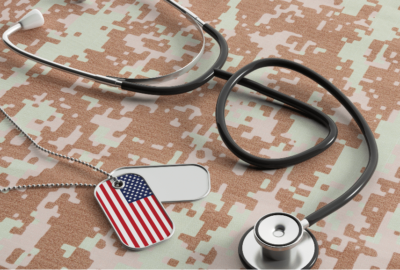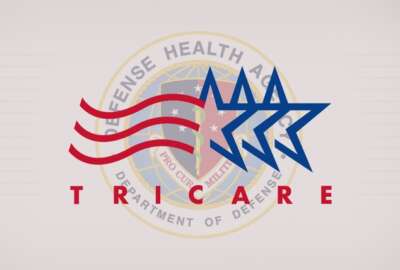
TRICARE drug prices will rise next year, and in the foreseeable future
TRICARE beneficiaries who get their drugs through home delivery or through a retail pharmacy will pay anywhere from $1 to $8 more in copayments starting in 2022...
TRICARE pharmacy copays are set to increase in 2022, and they’re going to keep increasing for years to come.
TRICARE beneficiaries who get their drugs through home delivery or through a retail pharmacy will pay anywhere from $1 to $8 more in copayments starting in 2022.
“Congress and the Department of Defense worked together on these cost changes as part of the National Defense Authorization Act for Fiscal Year 2018,” said U.S. Public Health Service Cmdr. Teisha Robertson, a pharmacist with the Defense Health Agency’s pharmacy operations division. “The changes are part of a larger effort to help fund improvements in military readiness and modernize the TRICARE health care benefit.”
Beneficiaries will see increases in generic, brand name and non-formulary drugs. The new cost will depend on the type of pharmacy used.
TRICARE Pharmacy Home Delivery (Up to a 90-day supply)
- Generic formulary drugs will increase from $10 to $12
- Brand-name formulary drugs will increase from $29 to $34
- Non-formulary drugs will increase from $60 to $68
TRICARE retail network pharmacies (Up to a 30-day supply)
- Generic formulary drugs will increase from $13 to $14
- Brand-name formulary drugs will increase from $33 to $38
- Non-formulary drugs will increase from $60 to $68
For non-network pharmacies, the costs will remain the same. Beneficiaries will pay 50% of the costs.
Active duty service members and survivors will still get free drugs from military pharmacies, retail network pharmacies and through home delivery.
Medically retired service members and their family members will not see an increase in copayments.
The 2018 NDAA allows TRICARE to increase its drug copayments every year until 2026, meaning it is likely that copayments will continue to rise. After 2026, DoD would be able to keep the previous year’s price and increase it the following year based on cost adjustments.
The lawmakers did not give a specific reason for the cost increases in the 2018 NDAA, however, for years the Congressional Budget Office has been suggesting that DoD require more cost sharing from its TRICARE beneficiaries.
In 2017, CBO came out with a report on how DoD could save money in the Military Health System and pointed to cost sharing as one of its top options.
The Pentagon spends at least $50 billion a year on the system.
“Policymakers and analysts have raised concerns about DoD’s rising health care costs, the quality of care provided at its facilities, and how well the department’s medical establishment prepares for wartime missions,” CBO authors wrote. “Efforts to change the system are complicated, however, partly because the resources used to accomplish the various goals are often intermingled or unclear.”
Pharmaceutical cost sharing is only one small area where DoD could recoup some funds by asking TRICARE beneficiaries to pitch in.
Copyright © 2024 Federal News Network. All rights reserved. This website is not intended for users located within the European Economic Area.
Scott Maucione is a defense reporter for Federal News Network and reports on human capital, workforce and the Defense Department at-large.
Follow @smaucioneWFED






